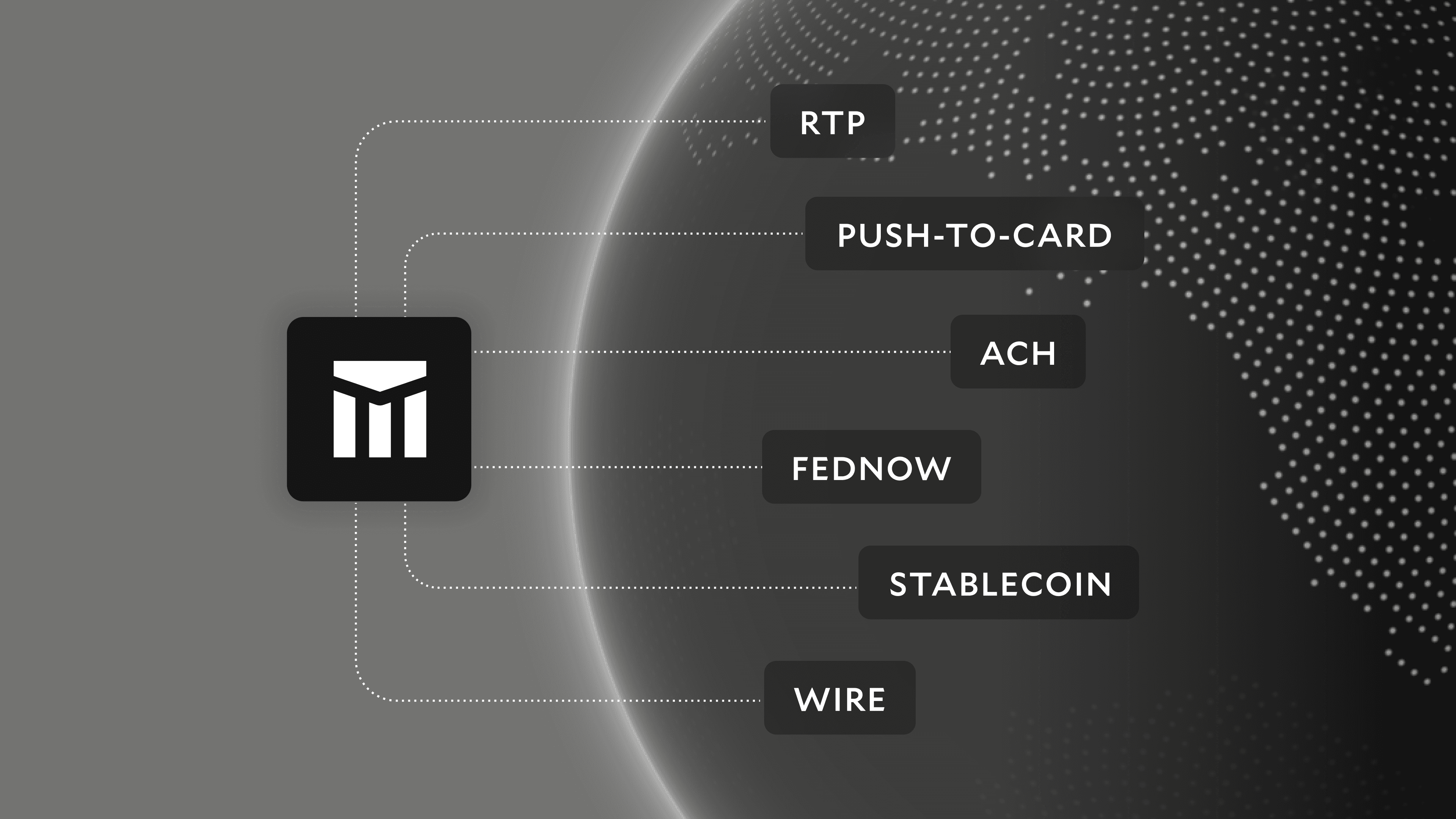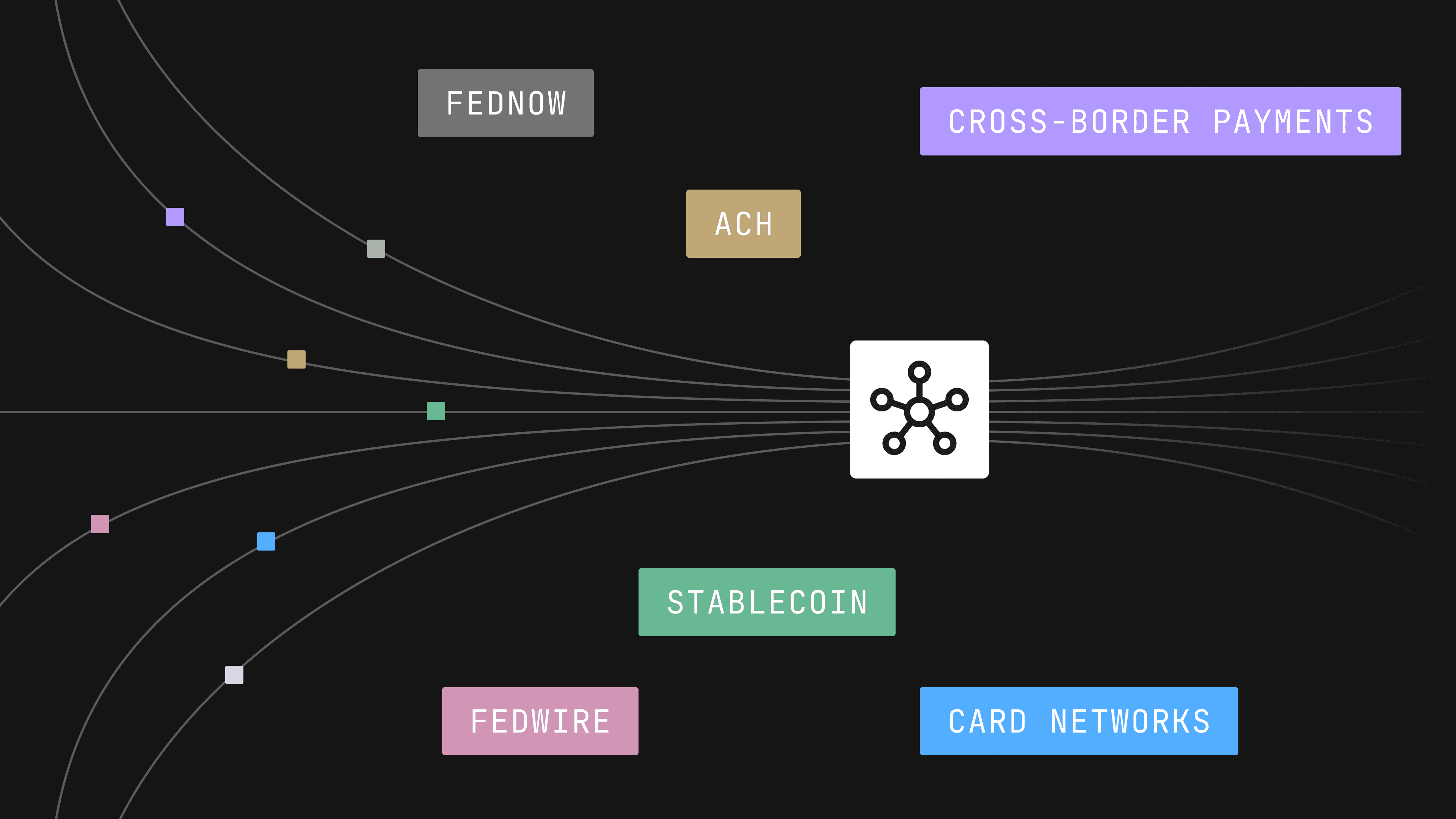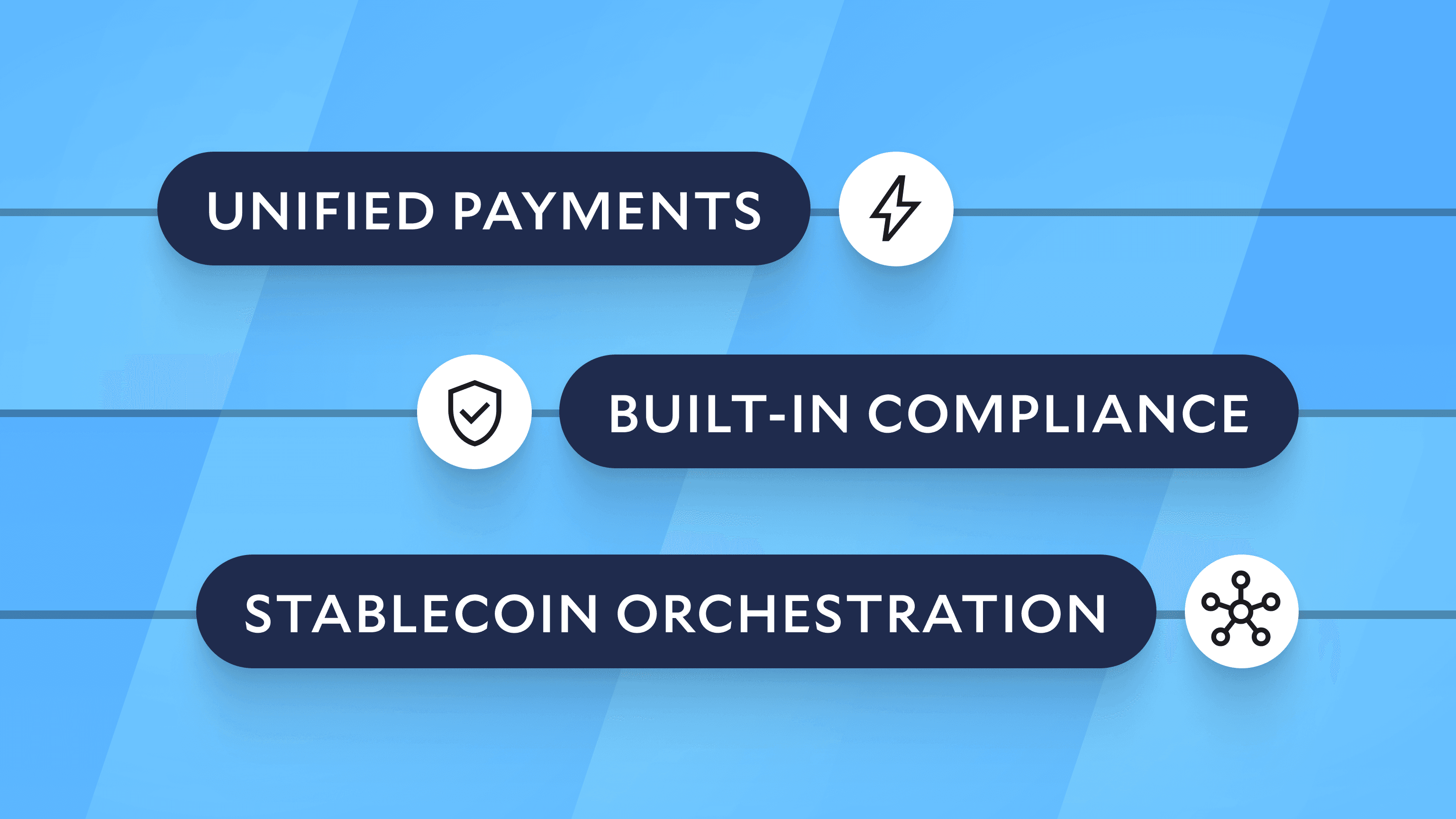Modern Treasury and Paxos Make It Easier for Businesses to Move Money with Stablecoins.Learn more →
Managing Invoices With Modern Treasury
Finance and operations teams can now use Modern Treasury to create invoices with built-in payment flows, allowing invoices to be easily sent, tracked, and reconciled.

Invoicing helps companies manage one the most critical components of their businesses: getting paid by customers. That’s why we are delighted to announce the new invoicing features of our payments platform, which enable finance and billing teams to help manage their accounts receivable, invoicing, and payment flows straight from their Modern Treasury dashboard.
We know that finance and operations teams often struggle with creating and sending invoices and tracking payments, because they have to manage the process across multiple different systems. With our new invoicing features, those same finance and operations teams can easily move or complement their invoicing and payment processes with Modern Treasury via API or web app.
You can now use Modern Treasury to create and send invoices with built in payment flows directly to your customers. Once a customer pays their invoice, that payment is automatically tracked and reconciled in Modern Treasury, too.
How Modern Treasury’s Invoicing Works
All of your invoices are organized and viewable from your Modern Treasury dashboard. This gives you upfront visibility into the status of your invoices, including the ability to review payment status, track payment orders associated with invoices, and change the status of invoices (e.g. from open to paid).
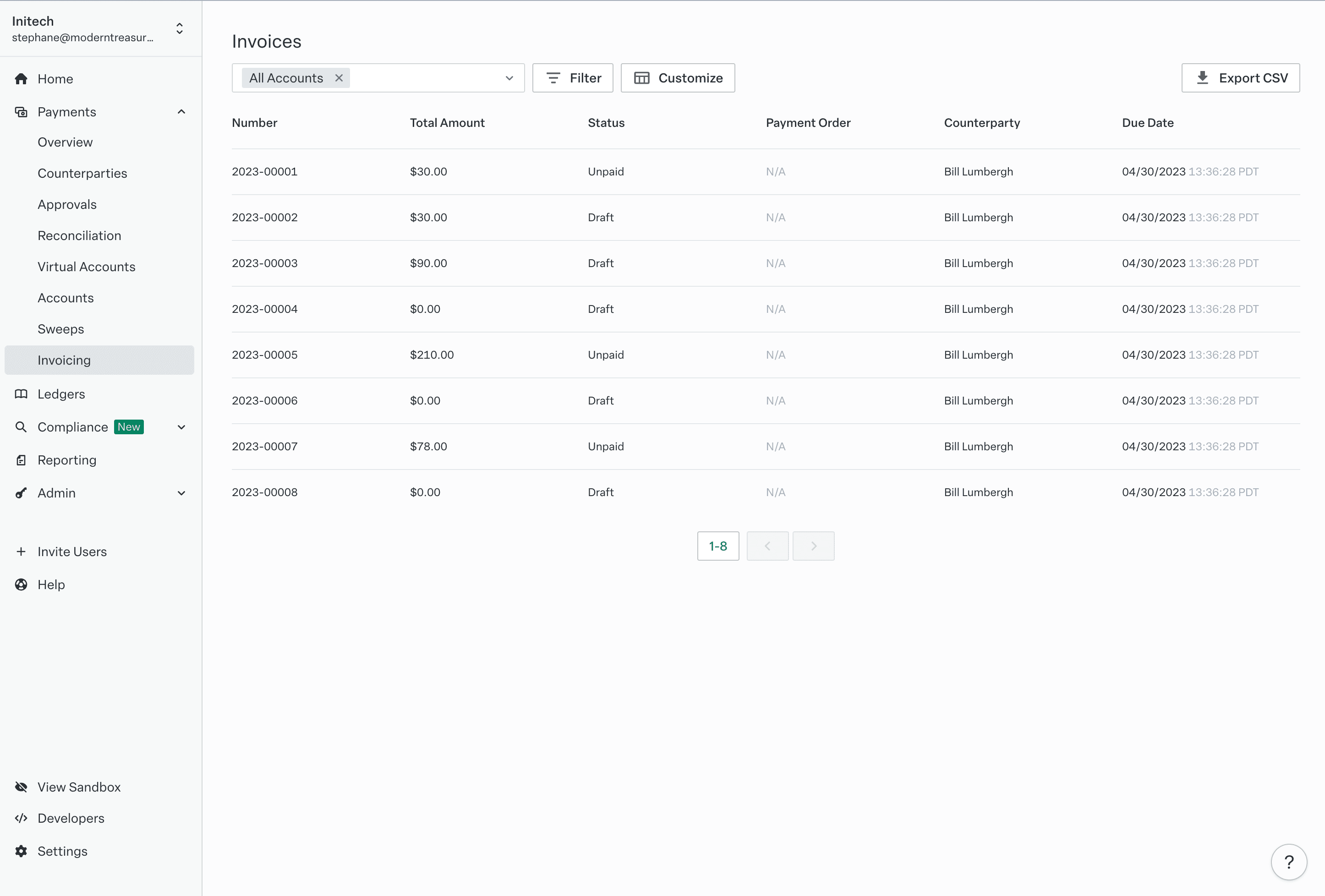
Invoices organized on the Modern Treasury dashboard.
From the dashboard, you’ll also be able to easily create, send, and collect on your invoices. Let’s take a look at that process, step-by-step.
Step 1: Create and Send an Invoice
First, create a new invoice either from your Modern Treasury Dashboard or via the API. From here, you can either download the invoice as a PDF and send it or share the link to the invoice directly with your customer.
To read more about how to create an invoice via the API visit our docs here.
Step 2: Collect Payment on the Invoice
Once your customer receives your invoice, they can use it to pay you by entering their banking details directly into the invoice itself—there’s no need for them to follow a link to an outside platform or login to their banking portal to complete the transaction.
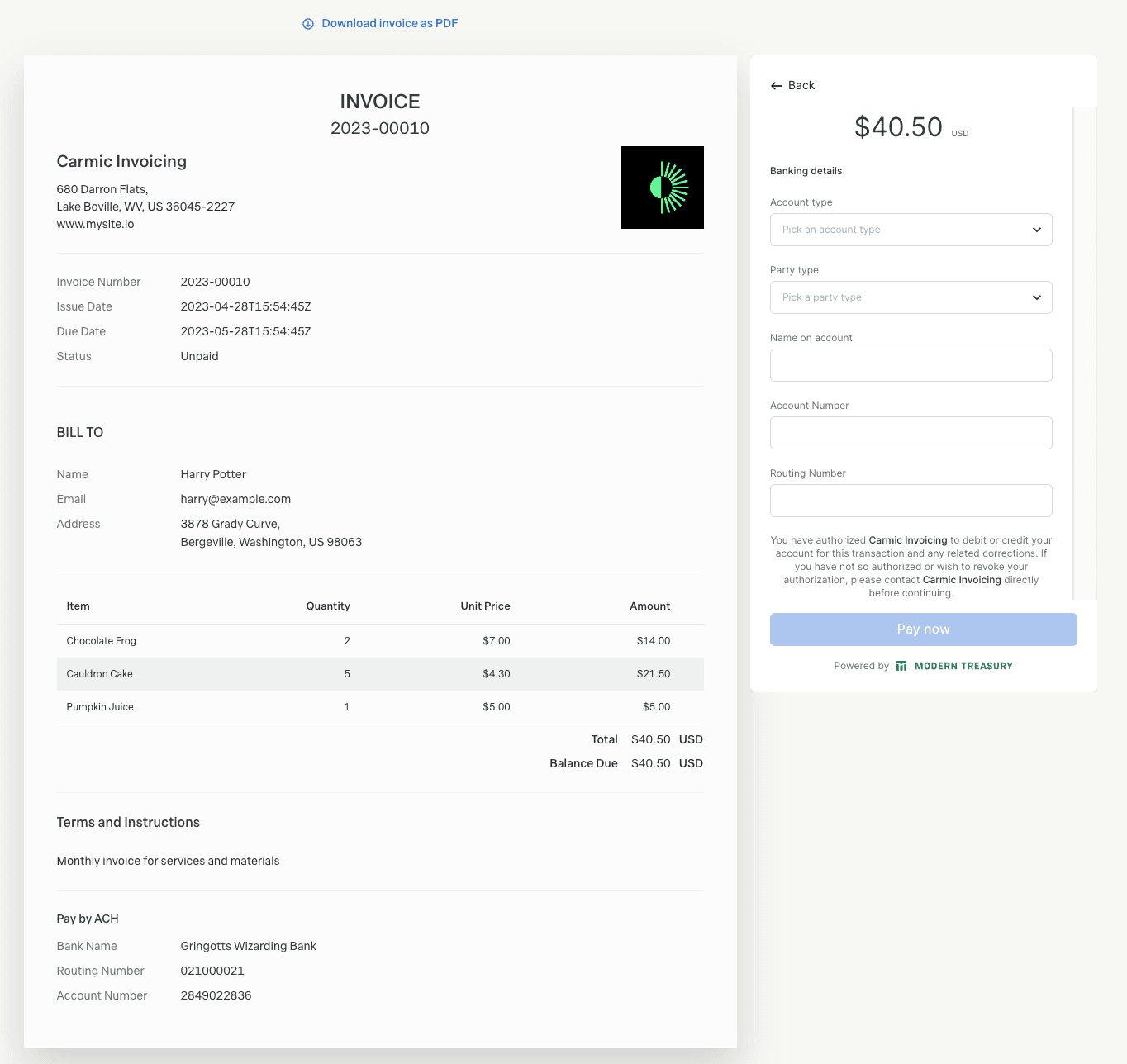
A look at what customers see when they receive an invoice—they can pay you directly by filling out the banking details form on the right.
Step 3: Automatically Track and Reconcile the Invoice
As the payment for your invoice settles, its status is updated automatically in the Modern Treasury dashboard, providing you with full visibility into payment statuses across your invoices.

Invoices with various payment statuses on the Modern Treasury dashboard.
Ready To Try Invoicing?
For a more detailed look at how to use Invoicing, read our guide. To get started using Invoicing or to learn more, reach out to your customer success manager or get in touch with us here.





